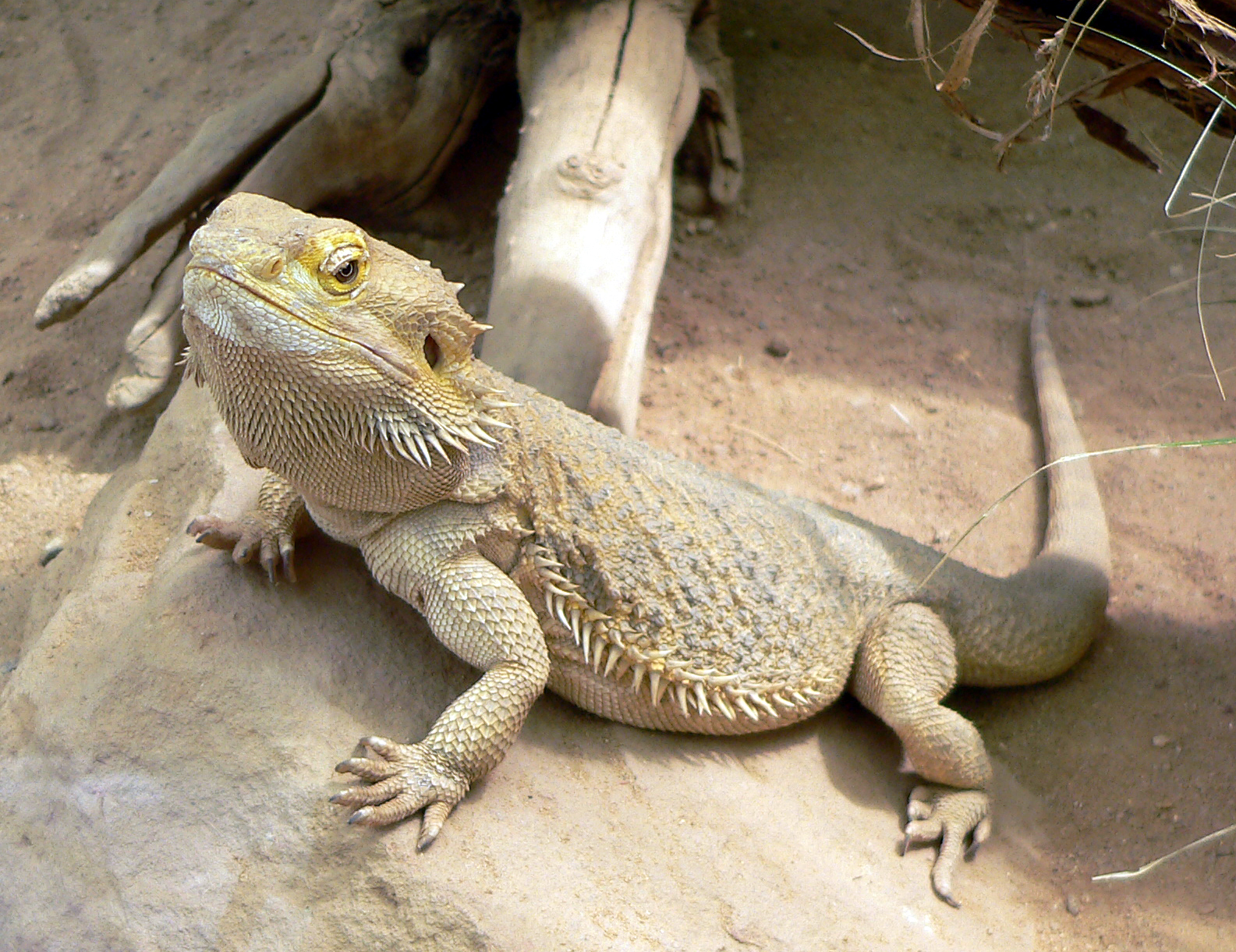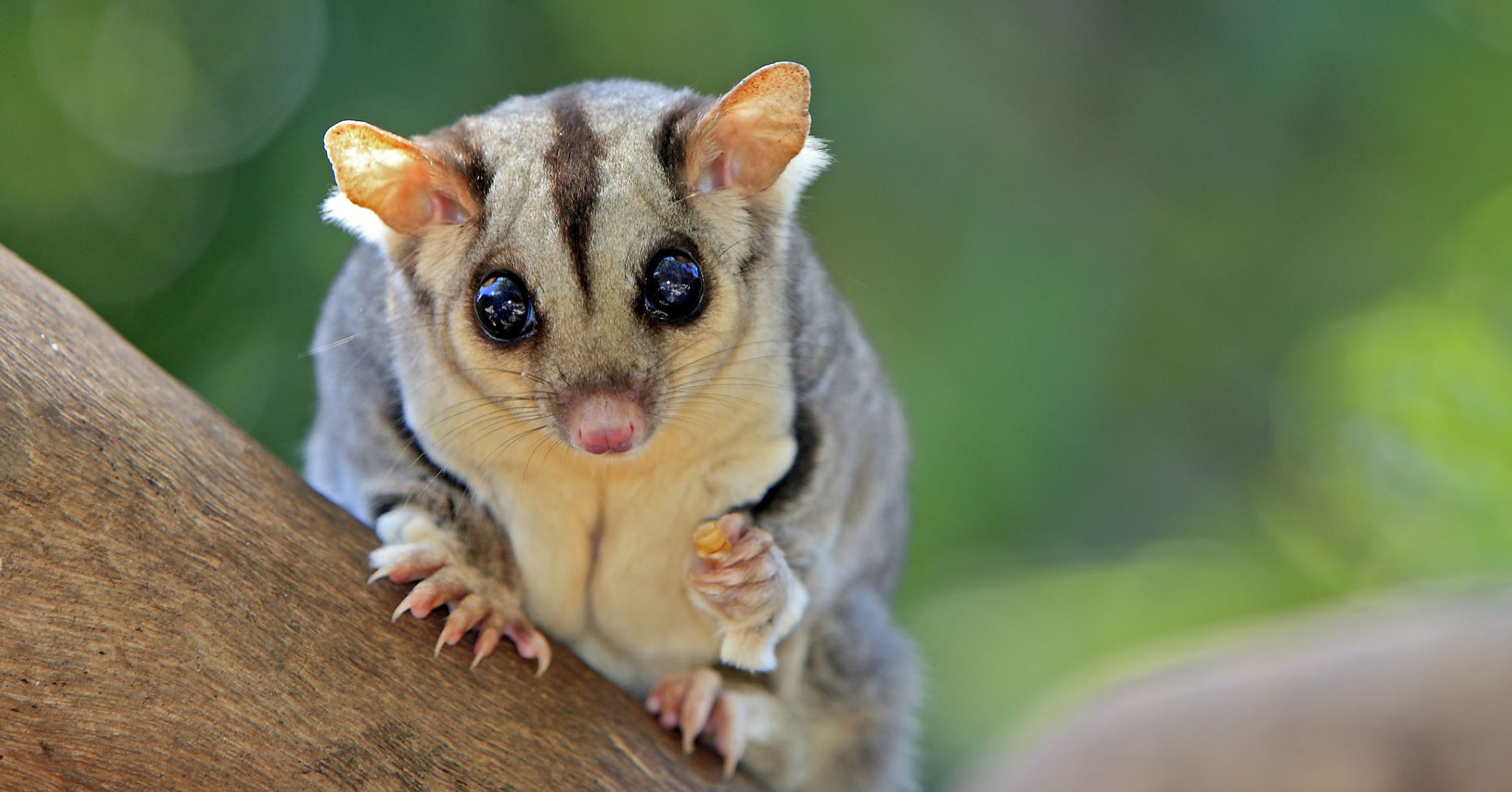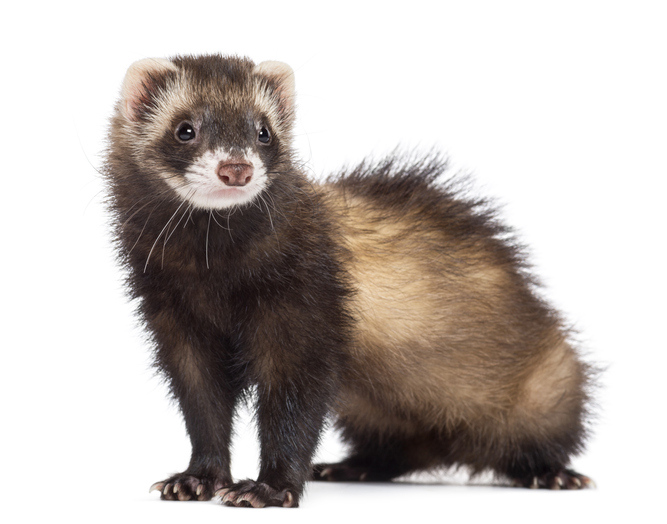Are you tired of the same old pets like cats, dogs, and rabbits? Do you want to stand out and have a unique pet that will make people take notice? Look no further! In this article, we have compiled a list of the top 10 non-traditional pets that you can consider.
From sugar gliders to capybaras, these animals are sure to make your home more interesting. However, it’s important to note that owning a non-traditional pet requires a lot of research and preparation to ensure that the animal’s needs are met and that it is properly cared for.
You are reading: The World’s Top 10 Non Traditional Pets
So, let’s dive into the world of non-traditional pets and explore the possibilities!

The World’s Top 10 Non Traditional Pets
Sugar Gliders

Sugar gliders are small, nocturnal, and arboreal marsupials that are native to Australia and parts of Indonesia. They are called sugar gliders because of their predilection for sugary foods such as sap and nectar. They have a gliding membrane that extends from their front to back limbs on each side, which helps them travel among trees.
Sugar gliders are popular exotic pets because of their small size, unique appearance, and interesting behavior. However, owning a sugar glider requires a lot of research and preparation to ensure that the animal’s needs are met and that it is properly cared for.
Sugar gliders are social animals that need lots of activities, a large living space, and plenty of socializing. They can be good pets if socialized properly, and they enjoy cuddling and often will curl up in the safety of a shirt pocket.
However, they are escape artists and can easily squeeze through the tiniest openings, so cages must be “pet-proofed” to ensure their safety.
Ferrets

Ferrets are small, domesticated animals that belong to the family Mustelidae. They are affectionate, intelligent, and playful animals that love to play and explore.
Ferrets are known for their happy, inquisitive nature and humorous behavior. A male ferret is called a hob, a female ferret is a jill, and ferrets under one year old are known as kits.
Ferrets were probably used by the Romans for hunting, and they were first introduced into the American continents in the 17th century.
Ferrets are popular pets and are commonly used in veterinary research. In captivity, they become tame and playful and remain inquisitive.
Ferrets are sociable and typically enjoy living in groups. They are very curious and like to explore using their mouths. Ferrets can live for around 6 years but can live up to 10 years with proper care. It is very important for ferrets to be spayed and neutered before reaching sexual maturity, which can be anytime between 6-12 months.
Ferrets should be kept away from direct sunlight, and a cool, shaded area is best. Ferrets can make good pets, but they can sometimes carry germs that can make people sick, so it’s important to take proper precautions.
Capybaras
Capybaras are the largest living rodents in the world and are native to South America. They are semi-aquatic animals that live near bodies of water in forests, seasonally flooded savannas, and wetlands.
Capybaras are closely related to guinea pigs and rock cavies, and more distantly related to chinchillas and agouti. They are short-haired brownish rodents with blunt snouts, short legs, small ears, and almost no tail.
Capybaras are shy and associate in groups along the banks of lakes and rivers. They are vegetarian and feed in the morning and evening, spending most of the day resting under cover along the banks.
Capybaras are strong swimmers and their toes are partially webbed for paddling around. They swim and dive readily and commonly enter water to elude predators such as jaguars and anacondas.
Read more : The 10 Largest Octopuses In The World
Capybaras can grow up to 1.3 meters (4.3 feet) in length and weigh up to 66 kg (145 pounds). They are popular pets in some areas, but owning a capybara requires a lot of research and preparation to ensure that the animal’s needs are met and that it is properly cared for.
Skunks
Skunks are mammals in the family Mephitidae and are known for their ability to spray a liquid with a strong, unpleasant scent from their anal glands. Different species of skunk vary in appearance from black-and-white to brown, cream, or ginger-colored, but all have warning coloration.
Skunks use their long claws to break apart rotting logs to find bugs that live within them. They also use those claws to help dig for insects, which leaves behind pits, which are easy signs to spot.
Skunks are mild-tempered, mostly nocturnal, and will defend themselves only when cornered or attacked. Even when other animals or people are in close proximity, skunks will ignore the intruders unless they are disturbed.
Skunks are beneficial to farmers, gardeners, and landowners because they feed on large numbers of agricultural and garden pests. However, it is illegal to keep them as pets in many areas.
If you encounter a skunk, it’s important to move away slowly and quietly to avoid startling it. Skunks are opportunistic and are mainly attracted to low-hanging fruit like garbage and pet food left out at night, as well as convenient hiding places.
Hedgehogs
Hedgehogs are small, spiny mammals that belong to the subfamily Erinaceinae in the family Erinaceidae. There are seventeen species of hedgehogs in five genera, found in parts of Europe, Asia, and Africa, as well as in New Zealand through introduction.
Hedgehogs are easily recognized by their spines, which are hollow hairs made stiff with keratin. Their spines are not poisonous or barbed and do not easily detach from their bodies, unlike the quills of a porcupine.
In the wild, hedgehogs root through hedges and other undergrowth in search of small creatures that make up the bulk of their diet, including insects, worms, centipedes, snails, mice, frogs, and snakes.
Some people consider hedgehogs useful pets because they prey on many common garden pests. While on the hunt, they rely on their senses of hearing and smell, as their eyesight is weak.
Hedgehogs have a coat of stiff, sharp spines, and if they are attacked, they will curl into a prickly and unappetizing ball, which deters most predators. They usually sleep in this position during the day and awaken to search for food at night. In the wild, hedgehogs are quite athletic, often running several miles a night.
As pets, hedgehogs can be challenging to care for. They are nocturnal and solitary creatures, requiring specific attention to their needs. Hedgehogs are not rodents and do not have a propensity to chew, gnaw on, or destroy their surroundings.
They do not require routine shots or vaccinations. Before adopting a hedgehog, it is essential to research their care, source, and lineage to ensure they are healthy and well-cared for animals.
Chinchillas
Chinchillas are small, crepuscular rodents that are native to the Andes mountains in South America. There are two species of chinchillas: Chinchilla chinchilla and Chinchilla lanigera. Historically, chinchillas lived in an area that included parts of Bolivia, Peru, and Chile, but today, colonies in the wild are known only in Chile.
Chinchillas are known for their soft, dense fur, which has made them a target for the fur industry. However, domestic chinchillas descended from C. lanigera are sometimes kept as pets and may be considered a type of pocket pet.
Chinchillas can live for 10-20 years, and they are clean, quiet, and attractive rodents that don’t smell. They are quite shy and are more appropriate as pets for adults and older children.
Chinchillas are highly social animals and live in colonies of over 100 chinchillas in the wild. They are athletic and have long hind limbs adapted for leaping, and they can jump over six feet in height.
Chinchillas need a high-fiber diet, and their teeth grow constantly, so they need to eat lots of hay, which is abrasive, to help wear their teeth down.
If you want to keep chinchillas as pets, you need to provide them with daily exercise, resting areas, and hiding places where they can go to get away from companions or escape if they feel scared.
Tarantulas
Tarantulas are a group of large and often hairy spiders of the family Theraphosidae. As of August 2022, 1,040 species have been identified, with 156 genera. The term “tarantula” is usually used to describe members of the family Theraphosidae, although many other members of the same infraorder (Mygalomorphae) are commonly referred to as “tarantulas” or “false tarantulas”.
Read more : Discover The Top 5 Most Dangerous Flying Animals In Yellowstone
Some of the more common species have become popular in the exotic pet trade. Tarantulas are slow and deliberate movers, but accomplished nocturnal predators. Insects are their main prey, but they also target bigger game, including frogs, toads, and mice. Tarantulas are burrowers and typically live in the ground.
Tarantulas are becoming increasingly popular as pets, and some species are readily available in the pet trade. They are generally harmless to humans, except for a painful bite.
Tarantulas have few natural enemies, except for the parasitic pepsis wasp, which can paralyze a tarantula and lay eggs on its body.
Snakes
Here are some facts about snakes based on the search results:
Physical Characteristics:
– Snakes are elongated, limbless, carnivorous reptiles of the suborder Serpentes.
– They are ectothermic, amniote vertebrates covered in overlapping scales.
– Many species of snakes have skulls with several more joints than their lizard ancestors, enabling them to swallow prey much larger than their heads.
– Snakes have no legs, but they have a long, slender body that allows them to move efficiently through various habitats such as grasslands, deserts, and forests.
– Snakes are covered in scales, and as reptiles, they’re cold-blooded and must regulate their body temperature externally.
Behavior:
– Snakes are nocturnal predators that feed on insects, frogs, toads, mice, and other small creatures.
– Some snakes are venomous, but only about 200 species are able to kill or significantly wound a human.
– Non-venomous snakes dispatch their victims by swallowing them alive or constricting them to death.
– Nearly all snakes eat their food whole, in sometimes astoundingly large portions.
– Snakes are inoffensive under the vast majority of circumstances.
Types of Snakes:
– There are more than 3,000 species of snakes on the planet, and they’re found everywhere except in Antarctica, Iceland, Ireland, Greenland, and New Zealand.
– Some common types of snakes include garter snakes, cobras, king cobras, vipers, anacondas, green anacondas, ball pythons, grass snakes, kingsnakes, corn snakes, boa constrictors, colubrid snakes, inland taipan, acrochordus arafurae, and mambas.
– The most aggressive snakes in the world are the black mamba, the saw-scaled viper, the coastal taipan, and the bushmaster snake.
Keeping Snakes as Pets:
– Snakes are becoming increasingly popular as pets, and some species are readily available in the pet trade.
– Snakes can make good pets, but they require specific attention to their needs.
– Before adopting a snake, it is essential to research their care, source, and lineage to ensure they are healthy and well-cared for animals.
– Snakes should be kept in an appropriate enclosure with proper temperature, humidity, and lighting.
– Snakes should be fed a diet appropriate for their species, and their enclosure should be cleaned regularly.
Bearded Dragons
Bearded dragons, also known as “beardies,” are a type of lizard that belongs to the genus Pogona. They are native to Australia and are one of the most popular lizards in captivity in the UK.
Bearded dragons are characterized by their broad, triangular heads, flattened bodies, and rows and clusters of spiny scales covering their entire bodies. They are named for the spiny scales under their chin, which can puff up and turn black when they feel threatened or are trying to entice a mate.
Bearded dragons are semiarboreal and spend significant amounts of time on branches, in bushes, and near human habitation. They are gentle, inquisitive, and active during the day, making them a popular pet for beginners.
Bearded dragons can grow up to 24 inches long and live an average of 10 years. They need a vivarium that ranges from a hotter (38 to 42°C) bright end, to a cooler (24 to 26°C) dark end.
Bearded dragons are ectotherms, which means they need both a reliable source of heat and a cooler area to stay comfortable. They require a temperature gradient, which can be created using heat lamps/basking bulbs for reptiles.
Bearded dragons need their humidity levels to stay between 20-30%, and a reptile water dish, habitat fogger, or mister can be used to increase humidity in their tank. They also need UVB light bulbs to mimic a 12-hour day and night cycle.
Axolotls
Axolotls are a type of salamander that are native to Mexico. They are known for their ability to regenerate lost limbs and stay in their larval form throughout their lives, a phenomenon called neoteny.
Axolotls have feathery gills sprouting from their heads like a mane, webbed feet, a dorsal fin that runs down the length of their body, and a tail. They are aquatic salamanders and spend their entire lives underwater.
Axolotls are friendly and have become popular pets because of their unique appearance and interesting behavior. They are often the top predators in their native habitats and eat whatever they can get their jaws on, including mollusks, worms, insect larvae, crustaceans, and even some small fish.
Axolotls are paedomorphic, which means they retain their larval traits throughout adulthood. They are often brown-grey in color, but they can also be albinos, which are missing brown pigments and look pinkish-white.
Axolotls are critically endangered in the wild due to habitat loss, water pollution, and invasive species.
FAQS
1. What are non-traditional pets?
Non-traditional pets are animals that are not commonly kept as pets, such as sugar gliders, ferrets, capybaras, skunks, hedgehogs, tarantulas, snakes, bearded dragons, axolotls, and others.
2. Are non-traditional pets legal to own?
The legality of owning non-traditional pets varies depending on the animal and the location. It is important to research the laws and regulations in your area before getting a non-traditional pet.
3. What are some things to consider before getting a non-traditional pet?
Before getting a non-traditional pet, it is important to research the animal’s needs, including diet, habitat, temperature, humidity, and socialization. You should also consider the cost of care, the time commitment required, and the potential health risks to you and your family.
4. Are non-traditional pets good pets for children?
Some non-traditional pets can make good pets for children, but it depends on the animal and the child’s age and maturity level. It is important to supervise children around non-traditional pets and teach them how to handle and care for the animal properly.
5. Can non-traditional pets be trained?
Some non-traditional pets can be trained, but it depends on the animal and the training methods used. It is important to research the animal’s behavior and temperament before attempting to train them.
6. Where can I get a non-traditional pet?
Non-traditional pets can be obtained from pet stores, breeders, and rescue organizations. It is important to research the source of the animal and ensure that it is healthy and well-cared for before making a purchase.
Source: https://petstutorial.com
Category: Animals










